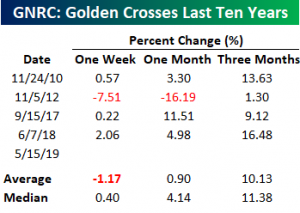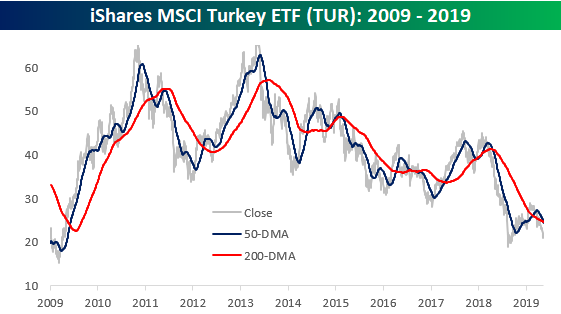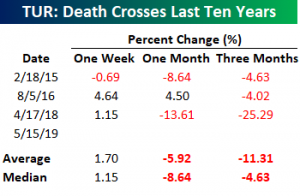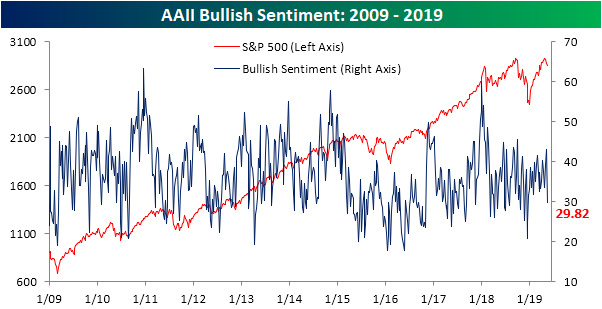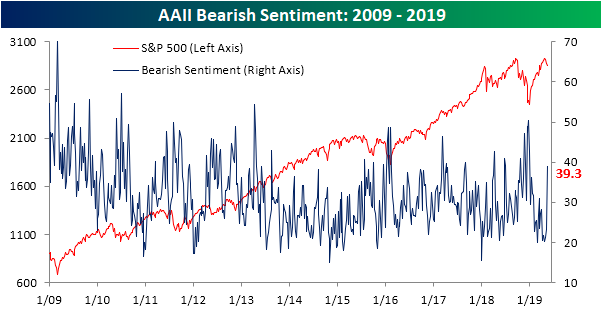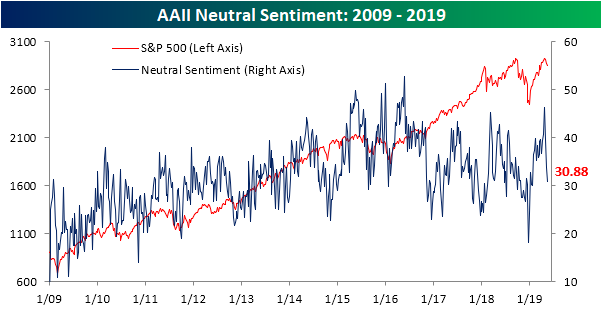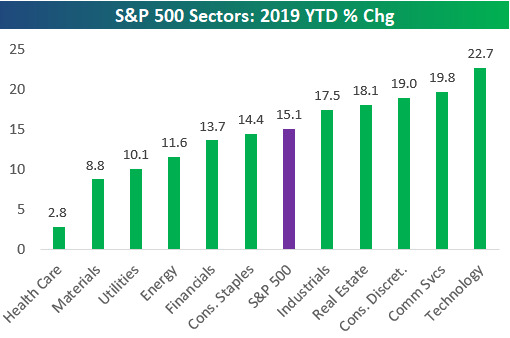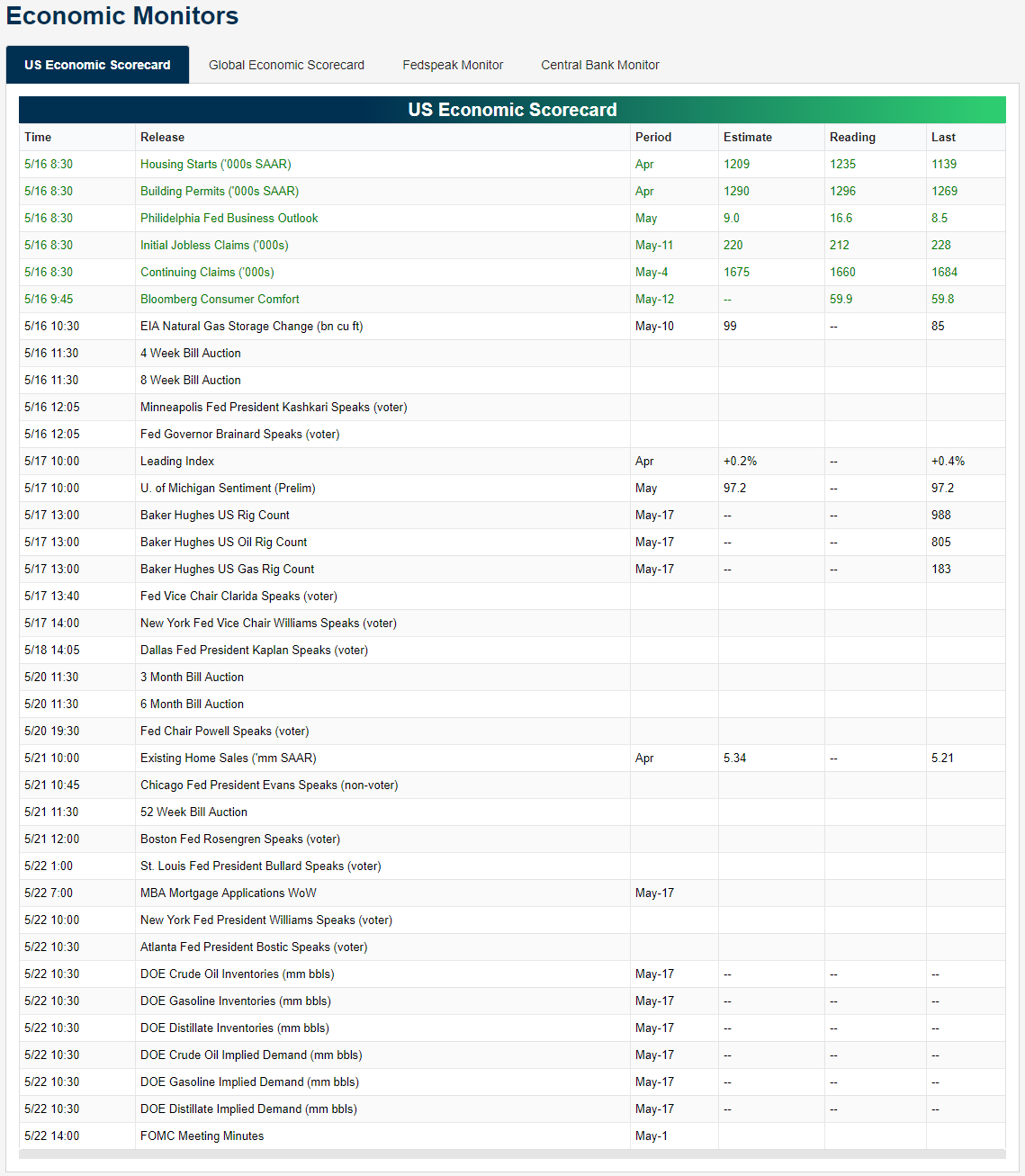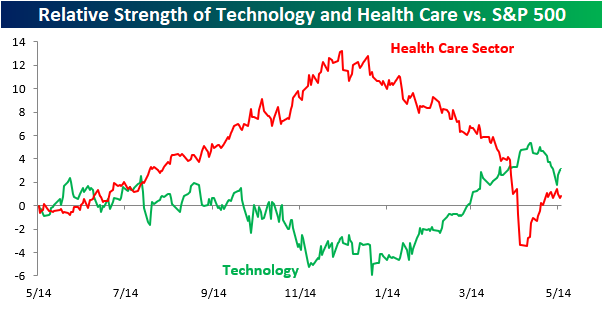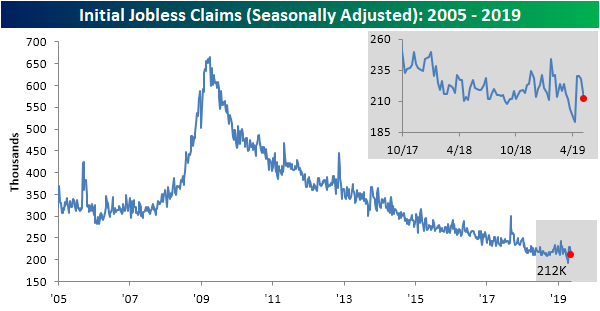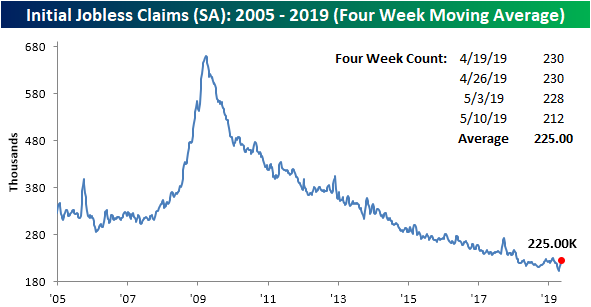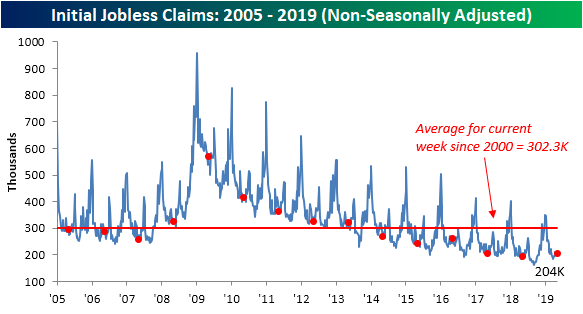Morning Lineup – Oh Deere
Futures are indicating a lower close for equities to end the week, and a big reason for that decline is the latest earnings report from Deere (DE). In addition to missing EPS forecasts by 11 cents (3.52 vs 3.63), DE also lowered guidance. The company summed up the factors affecting its impact with the statement that, “Ongoing concerns about export market access, near-term demand for commodities such as soybeans, and a delayed planting season in much of North America are causing farmers to become much more cautious about making major purchases.” Trade and weather.
In other earnings news, Nvidia (NVDA) is trading modestly lower after initially seeing a very positive reaction to earnings in after-hours trading on Thursday, while Applied Materials (AMAT) is trading higher after a strong report. Finally, Pinterest (PINS) is down over 17% in the pre-market after reporting a wider than expected loss and lowering guidance in its first earnings report as a public company. Rule #1 for IPOs, for at least your first earnings report as a public company, it’s a good idea to manage street expectations well enough so that you don’t come in weaker.
We’ve just published today’s Morning Lineup featuring all the news and market indicators you need to know ahead of the trading day.
The term ‘stock-picker’s market’ has become a bit of a cliche in stock market conversation, but looking at where sectors are currently trading relative to their trading ranges shows that the term is especially applicable right now. While the S&P 500 is essentially right at its 50-day moving average, sectors are pretty much evenly split between trading above and below that level. At the extremes, Consumer Staples is the only overbought sector while Energy is the lone sector in oversold territory.

Start a two-week free trial to Bespoke Premium to see today’s full Morning Lineup report. You’ll receive it in your inbox each morning an hour before the open to get your trading day started.
The Closer — Starts, Freights, Five Fed — 5/16/19
Log-in here if you’re a member with access to the Closer.
Looking for deeper insight on markets? In tonight’s Closer sent to Bespoke Institutional clients, we show equities ripping out of their short term downtrend as the S&P 500 also took out its 50-DMA. We also provide the performance of similar times this has happened. We also highlight concerns around commodities before turning to economic data, taking a look under the hood at housing starts and permits in addition to Cass Freight volumes. We finish tonight with an update of our Five Fed Manufacturing Composite.
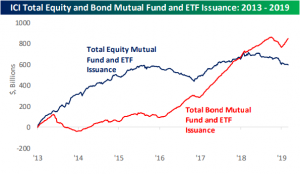
See today’s post-market Closer and everything else Bespoke publishes by starting a 14-day free trial to Bespoke Institutional today!
Golden and Death Crosses: Two Examples
Our Chart Scanner Tool has become an incredibly popular and useful tool for clients as it gives a user the ability to quickly scan through hundreds of charts in order to find the most attractive (or unattractive) patterns. Included with the tool are a number of pre-defined screens that allow users to see stocks that hit 52-week highs or lows in the previous session or experienced “death” or “golden” crosses.
A Golden Cross occurs when a stock’s upwardly sloping 50-day moving average (DMA) crosses above its 200-DMA, which also has to be rising. Conversely, a Death Cross occurs when a downwardly sloping 50-DMA crosses below the 200-DMA, which also has to be moving lower. Technicians consider Golden Cross formations to be a positive signal, while a Death Cross is considered to be negative. Although it is valuable to look at Golden and Death Cross formations, as we have pointed out in the past, it is not always a reliable pattern and does not always serve as a good buy or sell signal. Today, we wanted to highlight recent examples of each formation and show how they performed going forward
As an example of a Golden Cross, below we highlight Generac Holdings (GNRC) which saw a Golden Cross yesterday. GNRC makes home generators and has seen steady growth as concerns over the reliability of the power grid have increased in recent years. Over the last ten years, GNRC has shown consistently positive returns in the three month period following its four prior golden crosses. As you can see below, the stock’s average three-month return has been a gain of 10.13% (median: 11.38%).
On the negative side, below we highlight the price chart of the iShares MSCI Turkey ETF (TUR) from 2009 to 2019. Turkey has been a country in turmoil in recent years, and prior death crosses in TUR have played out as the formation suggests. In the three prior death crosses for the ETF, the stock has declined over the following three months for an average decline of 11.31% (median: -4.63%).Our Chart Scanner tool is indispensable for any investor who likes to follow charts. To receive access, start a two-week free trial to Bespoke Institutional for full access.
Back to Bearish
Tariff headlines have taken a front seat in the past couple of weeks leading stocks to see their worst declines of the year. Not surprisingly, sentiment has begun to reflect price action. One week after coming in at its highest level since October (around the time the S&P 500 hit its previous all-time high), bullish sentiment has fallen off of a cliff this week to 29.82% versus 43.12% last week. From a historical perspective, this is not at any kind of extreme, but it did bring optimism to its lowest level of 2019 and by a pretty wide margin at that. Additionally, this was the largest drop in bullish sentiment since December 13th of last year when it fell 17.04% in a week. Start a two-week free trial to Bespoke Institutional to access our interactive economic indicators monitor and much more.
Bears have overtaken the bulls this week as the bull-bear spread is now negative for the first time since January 17th. Bearish sentiment spiked up to 39.3% from 23.19% last week. While this was a massive spike higher, it is still well off of any sort of extreme and we actually saw higher readings late last year. Investors Intelligence is echoing the AAII results as that survey showed the highest percentage of respondents since February (31.1%) expecting a correction. Granted, bearish sentiment in this survey remains muted as it actually fell to its lowest level since April of last year.
Tanking to 30.88%, it is hard to still say neutral sentiment is still elevated after peaking four weeks ago when it hit 46.31%. This represents the sharpest four-week declines in neutral sentiment 1/23/16 when it fell 15.71 percentage points (from 51.31% to 29.77%). Currently, neutral sentiment is sitting less than a percentage point below its historical average.
Bespoke’s Sector Snapshot — On Much Firmer Ground
We’ve just released our weekly Sector Snapshot report (see a sample here) for Bespoke Premium and Bespoke Institutional members. Please log-in here to view the report if you’re already a member. If you’re not yet a subscriber and would like to see the report, please start a two-week free trial to Bespoke Premium now.
In this week’s Sector Snapshot, we analyze the market’s big bounce back from a 2%+ decline on Monday as well as Tech’s relative outperformance versus Health Care lately.
To gain access to the report, please start a two-week free trial to our Bespoke Premium package now. Here’s a breakdown of the products you’ll receive.
More – But A Little Less – Of The Same From Mutual Fund Flows
Yesteday the Investment Company Institute (ICI) released weekly mutual fund flows for the week ending May 8th. Generally speaking, recent trends of huge outlfows from equity mutual funds and huge inflows to bond mutual funds have continued, with a few exceptions. Domestic large cap equities saw an inflow (their first in the past sixteen weeks), as did both emerging and developed market equity funds focused on international markets. High yield bond funds continued to see outflows, and flows into both global and domestic government bonds slowed. Muni bonds also continued to get huge flows, with one week flows in the 96th percentile of all periods. Start a two-week free trial to Bespoke Institutional to access our interactive economic indicators monitor and much more.
Health Care and Technology Continue to Repel Each Other
We’ve been highlighting the inverse patterns of the Health Care and Technology sectors for several weeks now, but in looking at their updated relative strength charts, it continues to amaze us how the two sectors couldn’t be more opposite. Just when Health Care’s relative strength versus the S&P 500 peaked late last year, the Technology sector bottomed and started to outperform. That trend continued nearly uninterrupted right into late April when Technology started to falter and Health Care outperformed. Ever since Monday, though, we’ve started to see early signs of the trend reversing again as Tech has outperformed the last couple of days and Health Care has lagged. While no market relationships last forever, the predominant pattern between the two now remains – Tech’s gain is Health Care’s pain. Start a two-week free trial to Bespoke Institutional for our weekly Sector Snapshots update where we summarize the predominant technical and fundamental trends of major sectors.
Beats Across the Board
It has been a pretty busy morning in terms of economic data with six releases already out. The results: beats across the board. Not a single US indicator today has come in worse than expectations/the prior period. At 8:30, we got some housing data with both Housing Starts and Building Permits for the month of April. Each one were expecting an uptick, but the actual releases rose by even more than anticipated. In The Closer tonight, we’ll discuss some of the reasons that the headline was much stronger than the underlying details. The Philly Fed also released its Business Outlook Index at 8:30. After a reading of 8.5 in April, forecasts were calling for a moderate rise to 9. Instead, it crushed estimates rising to 16.6 for the month of May. Turning to some weekly releases, initial jobless claims and continuing claims both fell more than was anticipated while optimism, as seen through Bloomberg’s Consumer Comfort, rose modestly. Still on deck later today, we have two weekly bill auctions in addition to scheduled speeches from Minneapolis Fed President Kashkari and Fed Governor Brainard. Given Brainard is a voting FOMC member and Kashkari is an alternate voter, markets will monitor their words for hints of what might be to come in terms of monetary policy.
Institutional clients can stay up to date on today’s and the next week’s economic releases for the US and the rest of the globe with our Economic Monitors. Below is a snapshot from the US Economic Scorecard. Start a two-week free trial to Bespoke Institutional to access our interactive economic indicators monitor and much more.
Claims Grind Lower
It has been a pretty solid morning in economic data as every release so far has beaten estimates. That includes Initial Jobless Claims which came in at 212K this week versus expectations of 220K. Not only was this below estimates, but the indicator has now come back down from its relatively elevated levels from the past three weeks in which we had seen two readings of 230K and another of 228K. Additionally, this week marked the 70th consecutive week of the indicator sitting under 250K and the 219th week below 300K.
Four weeks ago, claims came in at its lowest print in a half-century for both the seasonally adjusted number and the four week moving average. This week that low of 193K in the SA number has rolled off of the moving average, leading the less volatile look at the data to tick up to 225K from 220.3K last week. The moving average has risen for four straight weeks from its lowest level of the cycle, now sitting 23.5K above this recent low.
On a non-seasonally adjusted basis, the data still appears healthy as it dropped down to 187.7K from 204K last week. That is the second lowest reading of 2019 (lowest was 183.8K for the final week of March) and it also sits well below the average for the current week of the year since 2000. One trend we made note of last week was the increasing number of weeks with a YoY increase in the NSA number. This week’s decline snapped a streak of three straight prints with a YoY increase. Start a two-week free trial to Bespoke Institutional to access our interactive economic indicators monitor and much more.
Morning Lineup – Strong Economic Data For a Change
It’s been a while since we last had a busy day of economic data and every report came in better than expected, but that’s exactly what happened today as Housing Starts, Building Permits, Jobless Claims, and the Philly Fed Manufacturing reports all topped expectations. Even the sun is shining over the New York Stock Exchange! Somebody pinch us and make sure we’re not dreaming!
We’ve just published today’s Morning Lineup featuring all the news and market indicators you need to know ahead of the trading day.
In yesterday’s Retail Sales report, one negative trend we noticed was the sharp drop in sales for Building Materials from their recent highs. As shown in the chart below, sales for the sector have dropped over 6% from their recent highs in what has been the largest decline from a 52-week high since 2012. While that sounds like it has ominous implications for the construction sector, one contributing factor behind the weakness may be the weather. With wet weather across the country this year, people have no doubt been slow to start Spring gardening projects and that means fewer visits to their local Home Depots or Lowe’s.

Start a two-week free trial to Bespoke Premium to see today’s full Morning Lineup report. You’ll receive it in your inbox each morning an hour before the open to get your trading day started.


